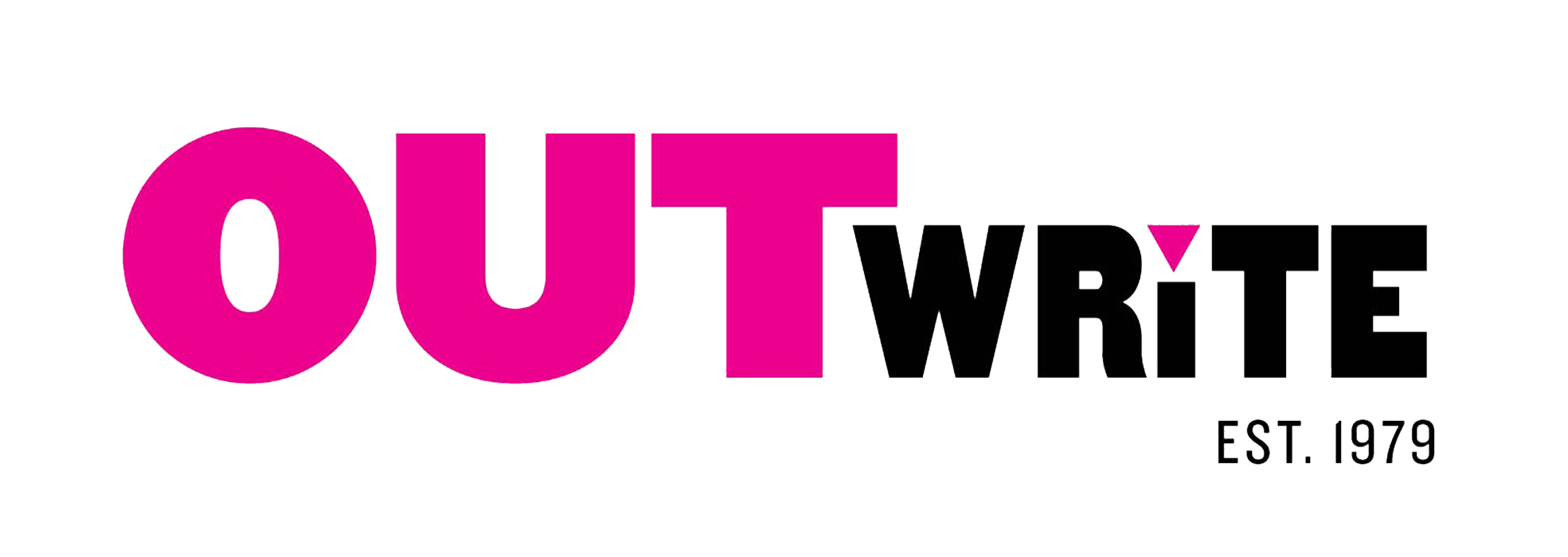Charlie Richmond/OutWrite
This article contains spoilers for the video game “Hades.”
During my brief break between midterms and final exams, I became invested in the video game “Hades.” There are plenty of things that stood out to me about it: the story is captivating, the art style is beautiful, and the mechanics are the perfect combination of challenging without being frustrating (a game that progresses the more that you die is perfect in my eyes). However, what really stood out to me was the queer representation in this game — the presence of LGBTQ+ characters isn’t treated as a big deal in-universe.
For those who have never encountered the beauty of this game, “Hades” is a roguelike role-playing game (RPG) where the player takes the role of Zagreus, the prince of the Underworld. The game focuses on Zagreus’s attempts to escape the confines of the Underworld in order to meet his biological mother, Persephone, who has been kept hidden from him for his entire life. Through his repeated efforts to escape the Underworld, we learn about Zagreus’s past: how his father, Hades, kept Persephone and Zagreus unaware of each other to protect them from the wrath of the Olympians. Zagreus is willing to go through hell and back — literally — for a chance to be reunited with his mother.
Any game true to the themes of Greek mythology (teeming with figures and themes that we might call queer in today’s terms) will have a good amount of queer representation, and game development studio Supergiant does not disappoint. In addition to the beautiful story focused on reuniting the heroes Achilles and Patroclus — two well-known queer Greek heroes from the Iliad — the main character, Zagreus, is canonically polyamorous and bisexual. As Zagreus, players can romance Megaera, the First of the Furies and Zagreus’s former lover, and/or Thanatos, Death Incarnate and Zagreus’s childhood best friend. The game also contains aromantic, asexual, and non-binary representations — all of which are historically underrepresented identities within the queer community — in the form of Dusa, a friend of Zagreus’s, and Chaos, one of the primordial gods.
What really takes this game above and beyond, in my opinion, is the fact that nobody cares. Nobody cares that Zagreus is bisexual, or that Chaos is non-binary, or even about the presence of a polyamorous relationship. Many other games (such as “Witcher 3: Wild Hunt” and “Stardew Valley”) either don’t allow the player to pursue or actively punish them for trying to achieve a world in which sexuality isn’t the main focus; non-monogamy is automatically considered cheating. “Hades” is different. Nobody cares about any character being queer because that’s not what the story is about. Zagreus being queer is one of many aspects of his identity, not its entirety.
This way of portraying queer characters is becoming more common and important in the modern age. Queer representation is no longer just about having queer characters in a piece of media. Stories where queer characters are treated as any other character — where their queerness is an aspect of themselves rather than their whole character — offer another form of representation that more accurately reflects the experiences of many queer people. After all, our queerness is only one facet of our identity. Seeing a queer character who wasn’t just queer, but also a badass, a short king, and family-oriented (things with which I identify) was incredibly healing for me and allowed me new insights into the world of queer media. It may seem obvious now, but “Hades” gave me concrete proof that characters don’t have to be either fully fleshed-out or queer; they can be both.
We are lucky enough to exist in a world where our queerness doesn’t have to be the only thing we are. “Hades” is an amazing game, even outside of the fact that it contains great queer representation. I like that Zagreus’s story doesn’t revolve around him being queer; he just happens to be a queer character following his own story, just like any of us.
Of course, stories with a central focus on the experience of being queer are a vital part of our community and our fight towards liberation. Telling our uniquely queer stories — stories that centralize the diverse and expansive perspectives of queer experience — is a vital part of societal change and community building. By telling our stories, we can connect with others and highlight the issues that impact our community as a whole. If we don’t tell our own stories, who will?
Stories about being queer are just as important as stories that feature queer characters without focusing on their queerness. Both kinds can exist hand-in-hand, along with other kinds of representation. Those that feature queer characters without focusing on their queerness show us a world without the prejudice and hatred of our own: one where queerness isn’t antagonized or othered. A world where we don’t have to be queer or straight — one where we can simply be.
The popularity of “Hades” proves that queer representation is neither limited to a main plotline that is focused on being queer, nor flat, one-dimensional background characters that are only queer to get points for representation. We can have queer characters whose stories don’t revolve around a singular aspect of their identity, but instead concentrate on who they are in their entirety.

